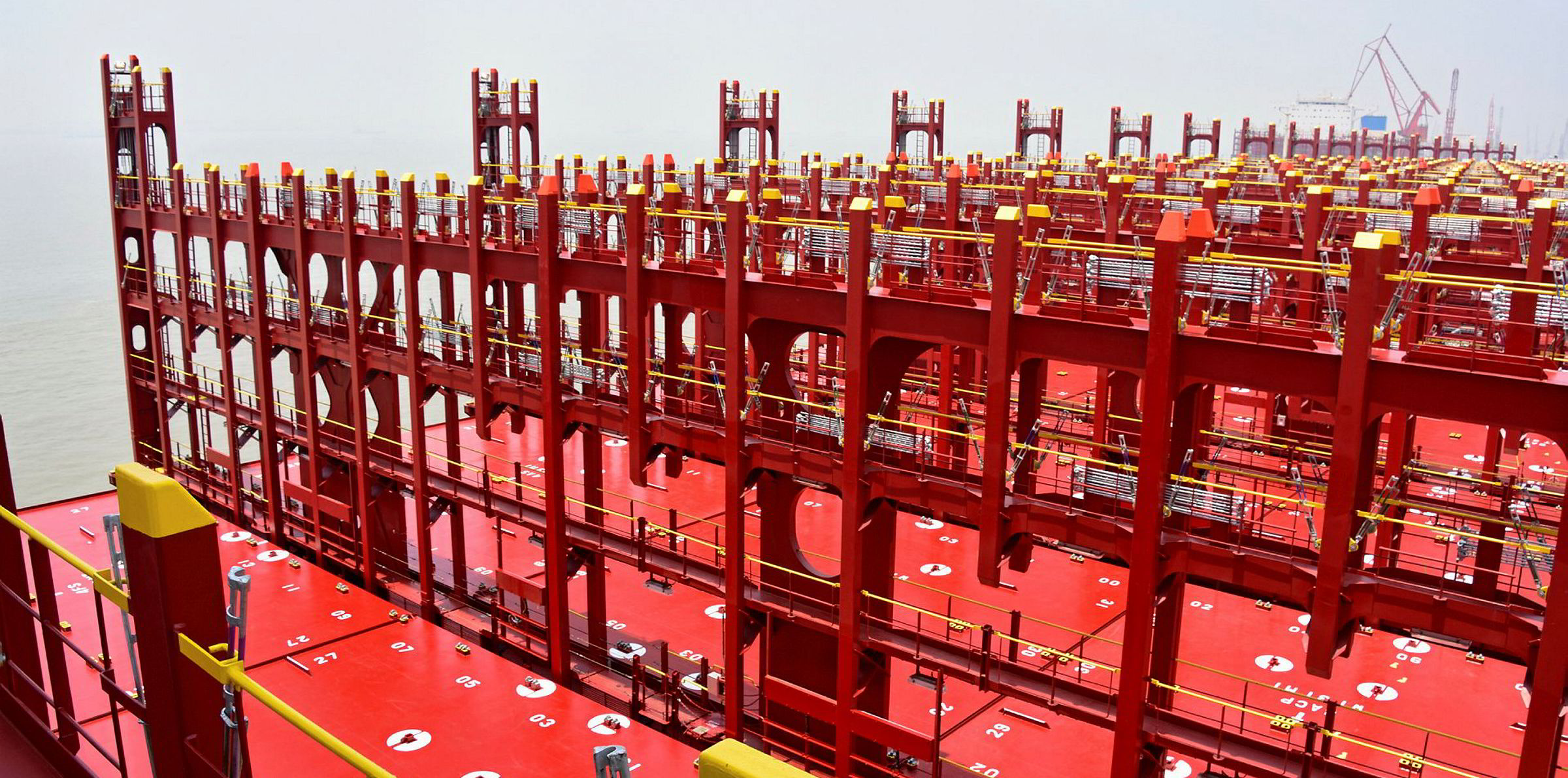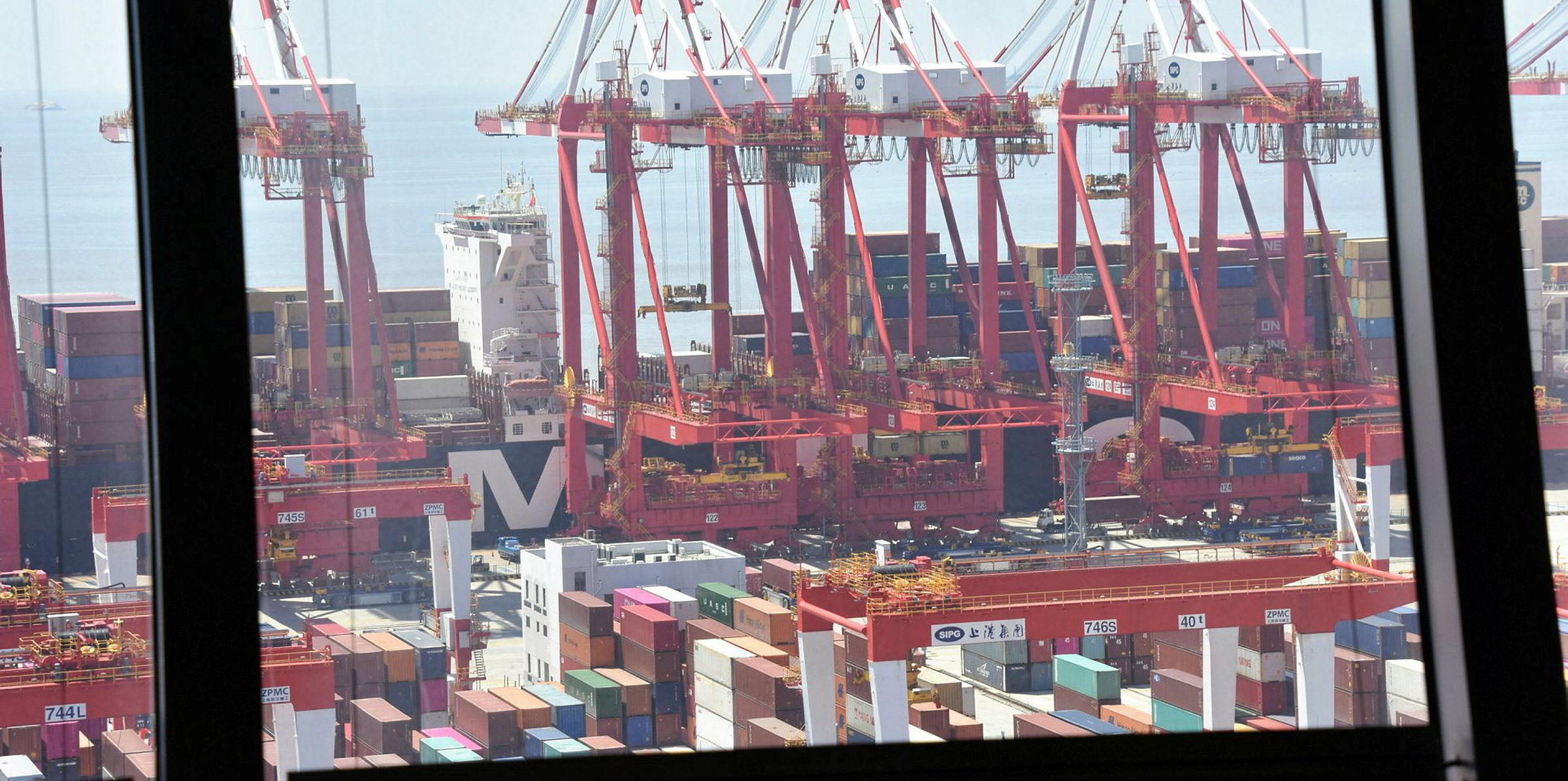The inactive containership fleet has surpassed the 2m-teu mark in the face of a record number of cancelled sailings out of China, according to Alphaliner.
The impact of the coronavirus has seen containership inactivity surge, surpassing the previous highs of 1.52m-teu, recorded during the 2009 financial crisis, and the 1.59m-teu, recorded in 2016 in the wake of the Hanjin bankruptcy.
“China’s extended Lunar New Year holidays and the coronavirus outbreak have seen demand for cargo space out of China reach a record low during February,” said Alphaliner.
“Over the past three weeks, some 30% to 60% of weekly outbound capacity has been withdrawn from the Asia - Europe and Transpacific trade, as well as from intra-regional routes.
“The re-opening of factories in China now sees demand gradually returning, but this cargo volume recovery is expected to take a few weeks.”
Meanwhile, the impact of the coronavirus on the containership ports sector is extending well beyond China, new statistics from ClipperData show.
“The slowdown in port calls is occurring worldwide, not just in China,” said containership analyst James Caldwell.
“If Chinese ports are not loading or discharging containers, there is no reason to stop at the port where the shipment is supposed to go to or come from,” he said
Caldwell said the current situation is also being exacerbated by the move towards ever larger container ships.
“A missed port call now has a more profound impact on available capacity,” he said.
Typically, vessel operating companies reduce capacity in the weeks following the two-week Lunar New Year holiday in China.
The number of missed port calls – shipping companies bypass a port because of a lack of volume and go straight to the next port in their scheduled rotation – rise during that period.
Ahead of the holiday, Caldwell said shippers usually pre-order goods ahead of the drop in Chinese output, which helps minimize the number of missed port calls.
“This year, the traffic slowdown, with both fewer scheduled calls and more cancelled ones, is occurring much earlier,” he said.
This is said to be occurring despite a reduction in air cargo capacity, which has forced manufacturers to switch to waterborne transportation even for higher-value and more time-sensitive cargo.
Shipping companies have already been reducing scheduled capacity on most trade lanes as trade wars slow global demand for cargo capacity.
Caldwell said in a research note that this drop “accelerated significantly” in the second half of January and early February.
Container ship visits to Chinese ports, measured both in number of vessels scheduled to call and their cumulative capacity hade plunged during those weeks, he said.







